Description
Balochi Embroidered Wall Art zarrin: A Tale of Authenticity and Beauty on Iranian Walls
Introduction
Balochi embroidery is one of the most authentic and visually captivating branches of Iranian handicrafts. Flourishing for centuries within Baloch communities, this art has been passed down from generation to generation through the hands of skilled artisans. Balochi embroidered wall art stands as a remarkable symbol of this heritage—transcending local boundaries and finding a special place in contemporary art and interior design. In this article, you’ll discover the features, background, applications, and aesthetic value of these handmade masterpieces.
Cultural Roots and Heritage
Balochi embroidery is deeply rooted in the culture and daily life of the people of Balochistan. Traditionally crafted by Baloch women, it represents a significant part of their cultural and social identity. Today, embroidered wall art is not only a symbol of Balochi heritage but also a treasured relic of ancient Iranian traditions. Patterns inspired by nature, beliefs, and folklore are woven into the fabric, each carrying unique meanings and messages.
Techniques and Materials
Creating a piece of Balochi embroidered wall art involves high-quality silk or cotton threads, durable fabrics such as canvas or linen, and sometimes beads or mirrors. Using fine needles and either mental imagery or drafted patterns, the artist hand-stitches geometric shapes, native floral designs, animals, and abstract symbols. Each piece is the result of hours of meticulous work, artistic passion, and patience—making every artwork truly one-of-a-kind.
Patterns and Colors
Balochi embroidered wall pieces are known for their vibrant and energetic color palettes, including shades of red, orange, blue, green, and yellow. These color combinations are often inspired by the natural landscapes of Balochistan and local culture. Common motifs include stars, sunflowers, zigzags, mythical creatures, and abstract forms. Every design and hue tells a story of hope, vitality, love, or the mythical beliefs of the Baloch people.
Applications and Impact on Interior Design
A Balochi embroidered wall piece is far more than a decorative item—it is a cultural statement. These artworks are now widely used as focal points in both modern and traditional interior designs, adding character and charm to walls and living spaces. Displaying such pieces at home or work not only elevates visual appeal but also instills a sense of authenticity and Iranian identity. Some pieces are paired with wooden frames or complementary decorations, enhancing their visual impact.
Artistic and Economic Value
Each Balochi embroidered artwork is a product of skill, creativity, and years of experience, giving it immense artistic value. These pieces are not just expressions of Iranian culture, but also valuable assets for collectors and lovers of traditional art. Supporting Baloch artisans by purchasing their creations helps preserve and revitalize this ancient craft.
Buying and Caring for Balochi Embroidered Wall Art
When purchasing a Balochi embroidered piece, pay attention to stitching quality, color harmony, and the authenticity of the patterns. It’s best to display the artwork in a space free from moisture, direct sunlight, and dust to preserve its beauty and longevity. To clean, gently wipe with a dry, soft cloth and avoid chemical cleaners.
Conclusion
Balochi embroidered wall art is more than just decoration—it is a bearer of Iranian history, culture, and authenticity. Each piece silently tells a story of life, beliefs, and a passion for beauty that speaks to the soul with every glance. If you’re seeking a distinctive and artistic element for your home or workplace, a Balochi embroidered wall piece is a timeless and exquisite choice. By purchasing and caring for these works, you contribute to the preservation and promotion of Iran’s rich artistic heritage.
You must be logged in to post a review.






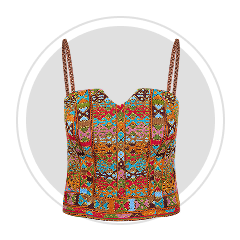
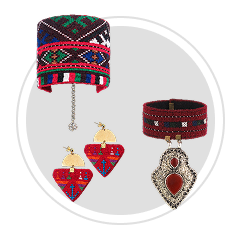

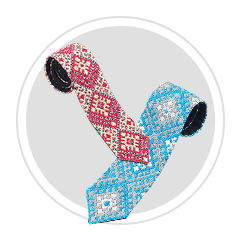
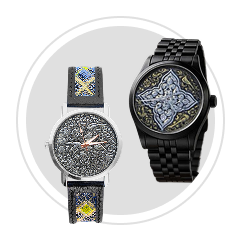
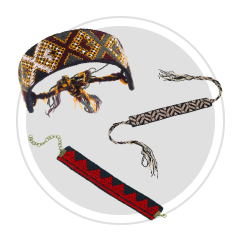
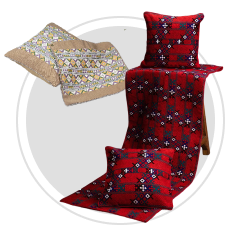
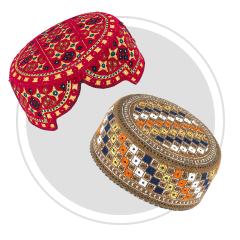
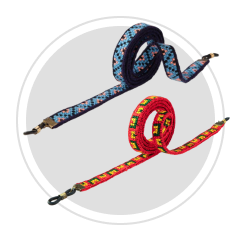
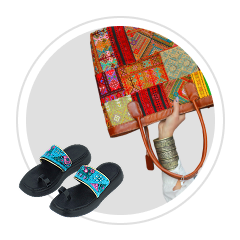
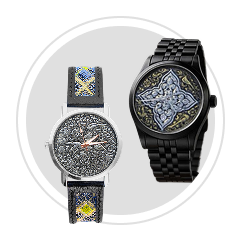

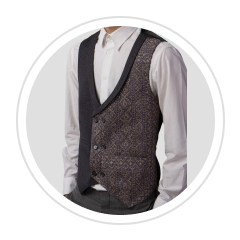
Reviews
There are no reviews yet.